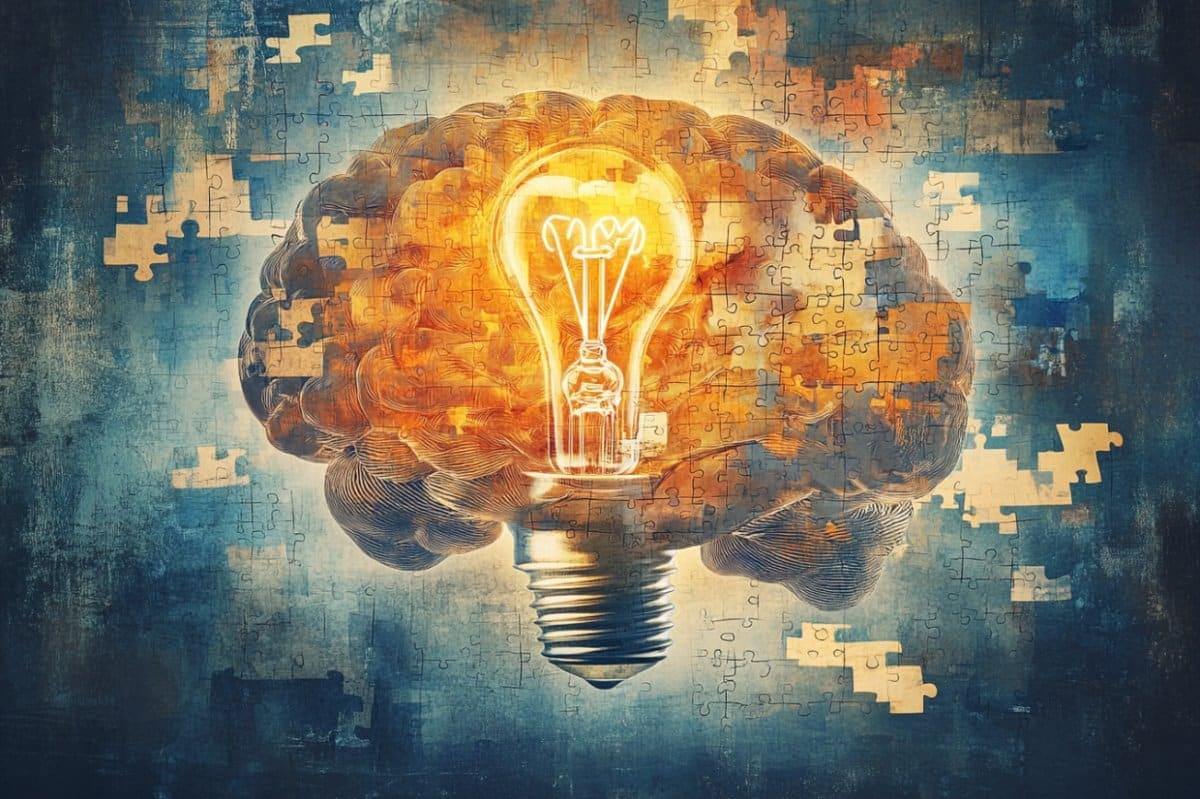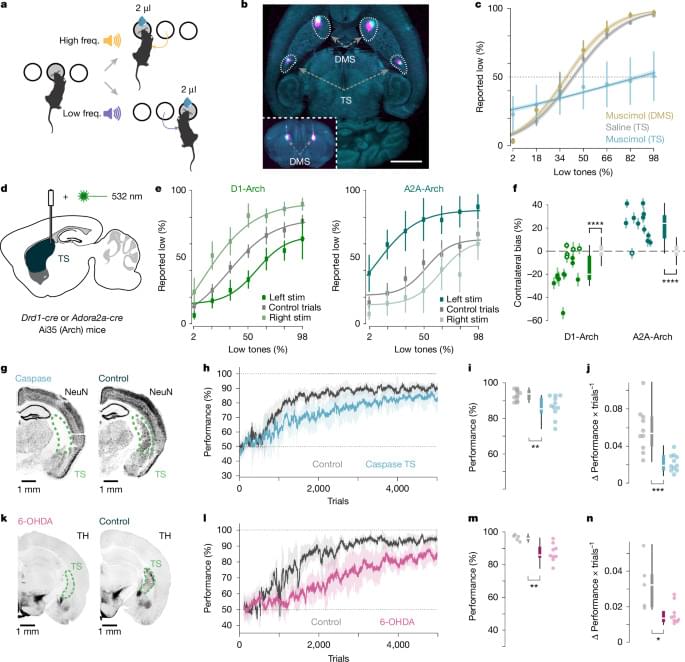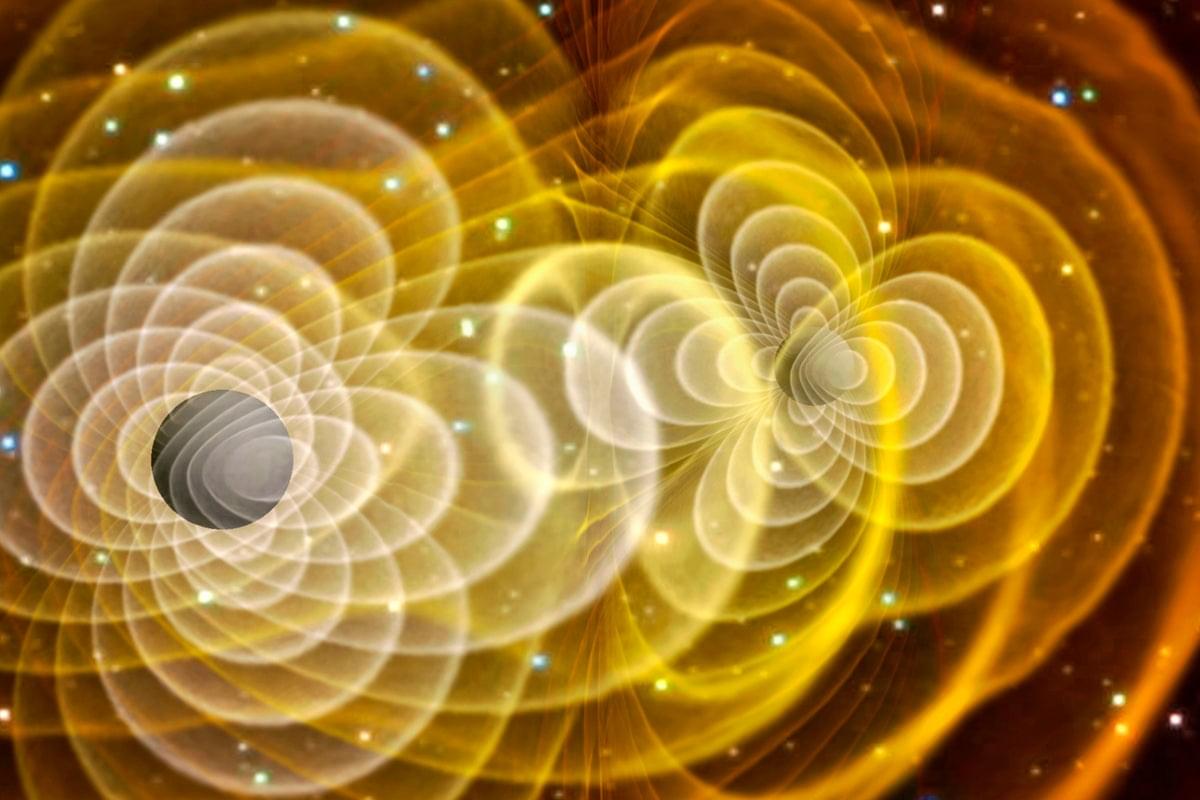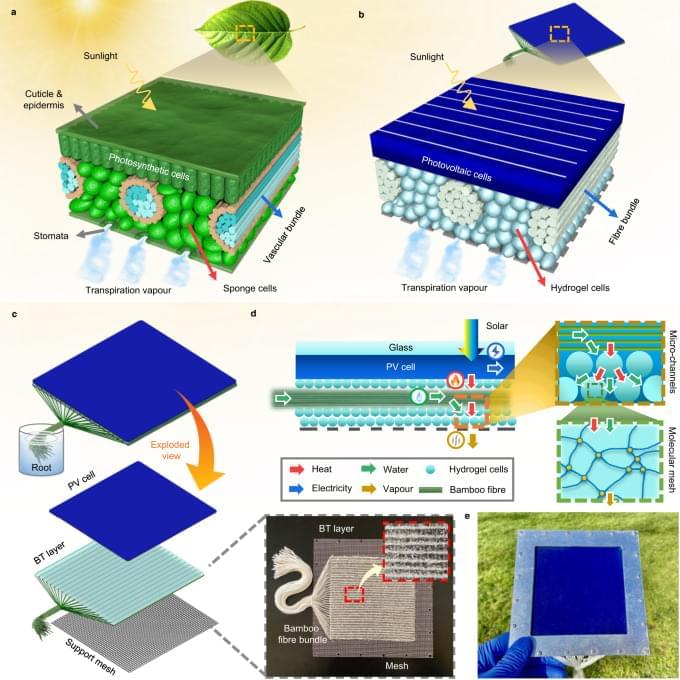You can donate via our website:https://www.rejuvenescimento.org/This experiment is partially funded by DoNotAge.org and Heales Foundation, and it’s also fund…
Get the latest international news and world events from around the world.
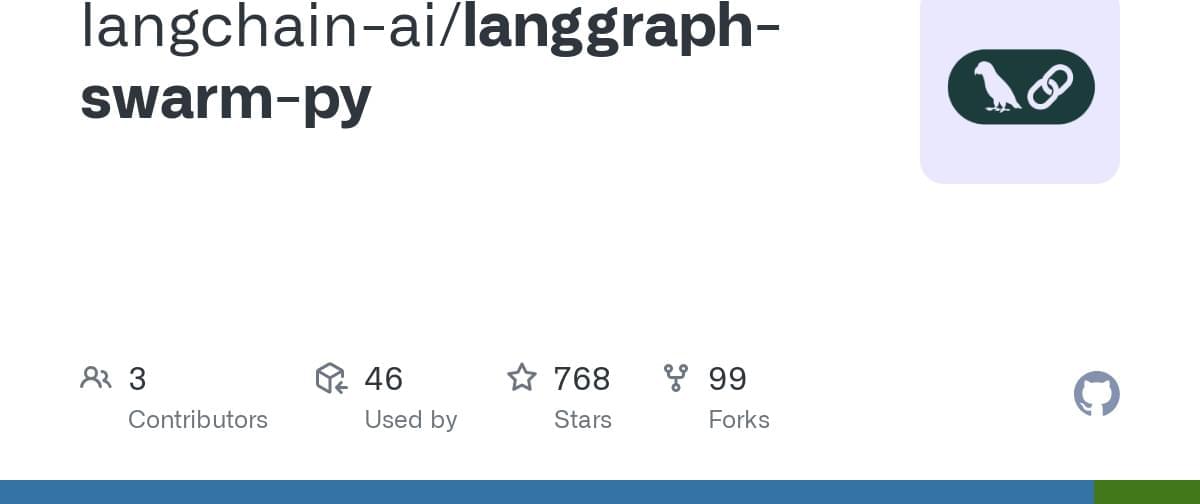

600-cell
In geometry, the is the convex regular 4-polytope (four-dimensional analogue of a Platonic solid) with Schläfli symbol {3,3,5}. It is also known as the C600, hexacosichoron [ 1 ] and hexacosihedroid. [ 2 ] It is also called a tetraplex (abbreviated from “tetrahedral complex”) and a polytetrahedron, being bounded by tetrahedral cells.
The boundary is composed of 600 tetrahedral cells with 20 meeting at each vertex. Together they form 1,200 triangular faces, 720 edges, and 120 vertices. It is the 4-dimensional analogue of the icosahedron, since it has five tetrahedra meeting at every edge, just as the icosahedron has five triangles meeting at every vertex. Its dual polytope is the 120-cell.

Q&A: A generative AI technique for designing RNA with improved function
Ribonucleic acid, also called RNA, is a molecule present in all living cells. It plays a critical role in transmitting genetic instructions from DNA and creating proteins. With the power to execute a plethora of functions, the little RNA “messenger” has led to important innovations across therapeutics, diagnostics, and vaccines, and made us rethink our understanding of life itself.
A team of researchers from Boston University’s Biological Design Center and the Department of Biomedical Engineering recently made significant steps forward in the development of the next generation of computational RNA tools. They recently published a study in Nature Communications describing a generative AI technique for designing different types of RNA molecules with improved function.
Much like a large language model that can be used to compose entirely new texts, the model can compose new RNA sequences tailored for specific tasks in the cell or in a diagnostic assay. Their research has shown that it’s possible to predict and generate RNA sequences that have specific functions across a broad array of potential applications.
Insanely strong carbon nanotube paste to supercharge EV batteries
The powerful carbon nanotube paste boosts EV battery performance, making them last longer, charge faster, and run stronger.

Handy octopus robot can adapt to its surroundings
Scientists inspired by the octopus’s nervous system have developed a robot that can decide how to move or grip objects by sensing its environment.
The team from the University of Bristol’s Faculty of Science and Engineering designed a simple yet smart robot which uses fluid flows of air or water to coordinate suction and movement as octopuses do with hundreds of suckers and multiple arms.
The study, published in the journal Science Robotics, shows how a soft robot can use suction flow not just to stick to things, but also to sense its environment and control its own actions—just like an octopus.
